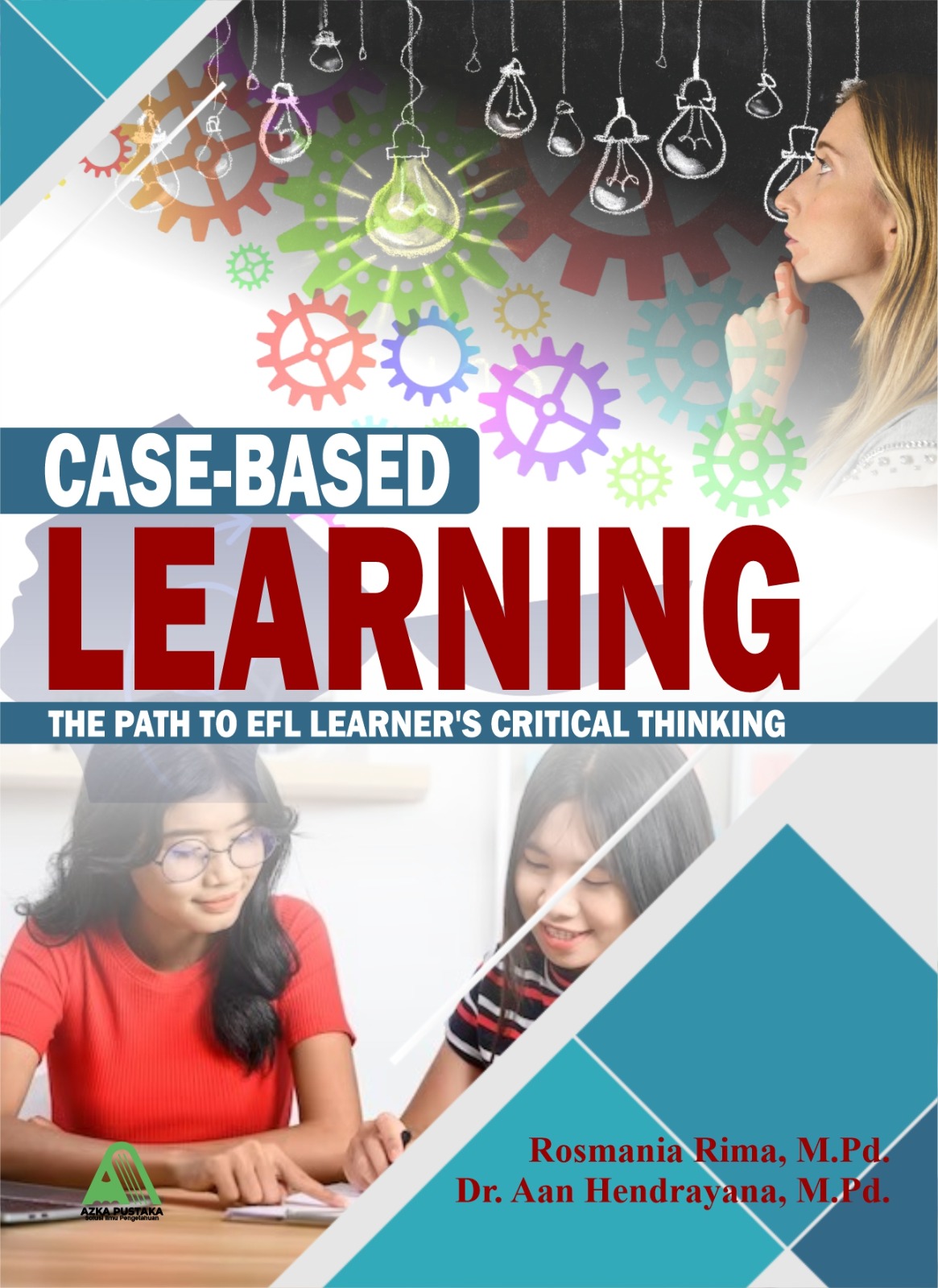Penulis;
Rosmania Rima, M.Pd.
Dr. Aan Hendrayana, M. Pd.
Jumlah halaman; 208
Ukuran Buku: A5 (14,8×21)
Versi Cetak: Tersedia
Versi E-Book: Tersedia
Berat; 0 Kg
Harga; Rp. 95.000
Case-Based Learning (CBL) is an instructional approach that utilises real-world or realistic scenarios (cases) as the springboard for active learning. These cases can be factual accounts of past events, fictionalised narratives mirroring real-world situations, or even open-ended challenges designed to stimulate critical thinking. Students engage in the analysis of these instances, carefully examining the information provided, identifying crucial matters, developing solutions, and ultimately reaching conclusions to enhance their problem-solving skills and decision-making abilities (Khan et al., 2015). The case method is a participatory, discussion-based way of learning where students gain skills in critical thinking, communication, group dynamics, and problem-solving (Sundari et al., 2023). It is a type of problem-based learning. Often seen in the professional schools of medicine, law, and business, the case method is now used successfully in disciplines such as engineering, chemistry, education, and journalism. Students can work through a case during class as a whole or in small groups, allowing for both individual reflection and collaborative problem-solving.
